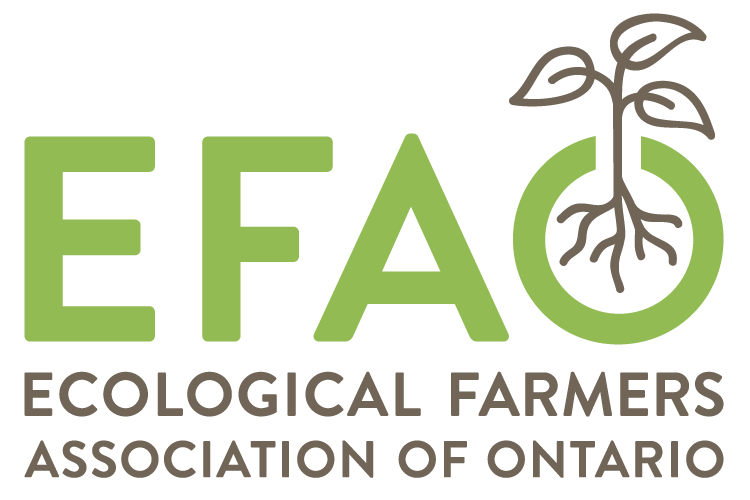

We all stress about having enough nitrogen in our soil to ensure maximum crop yields and profitability, but it can be difficult to determine how much nitrogen to apply from year to year. This is where Vern Grubinger comes in.
As the University of Vermont’s Vegetable and Berry Specialist, Grubinger has carried out extensive research on the optimal levels of nutrients required on farms, and is meticulous in his calculations.
He recommends that growers determine the nutrient balance needed by each crop they will be planting before applying nitrogen or other materials. And in addition to conducting regular soil testing, he also suggests conducting a leaf analysis several times throughout the season, particularly if there is concern about nutrient deficiencies, as this analysis will reveal what nutrients the plant is successfully taking up and whether or not yields may be impacted.
Grubinger is a believer that organic fertilizers should only be used as a last resort and primarily if there are deficiencies in a single nutrient; legume cover crops such as alfalfa and peas can contain as much as 3–4% nitrogen if they’re incorporated into the soil at or just before flowering, which could result in about 150 pounds of nitrogen per acre and can fulfill a field’s nutrient needs when combined with compost, other manures and the soil’s own organic matter.
Grubinger will be sharing more of his ideas about improving soil health and optimizing organic matter in both greenhouses and in the field at the EFAO conference, where he will be presenting 2 sessions: Making the Most of Your High Tunnels and Managing Soil Health on Organic Vegetable Farms.